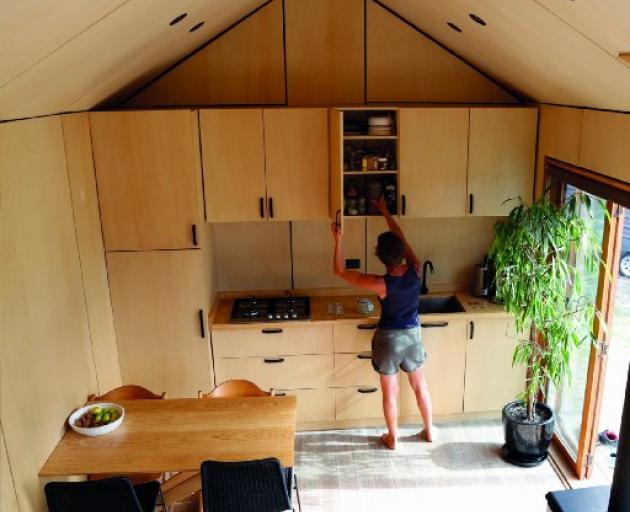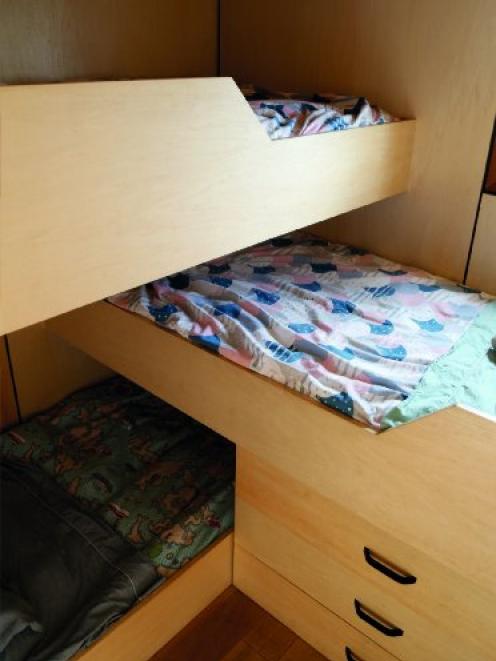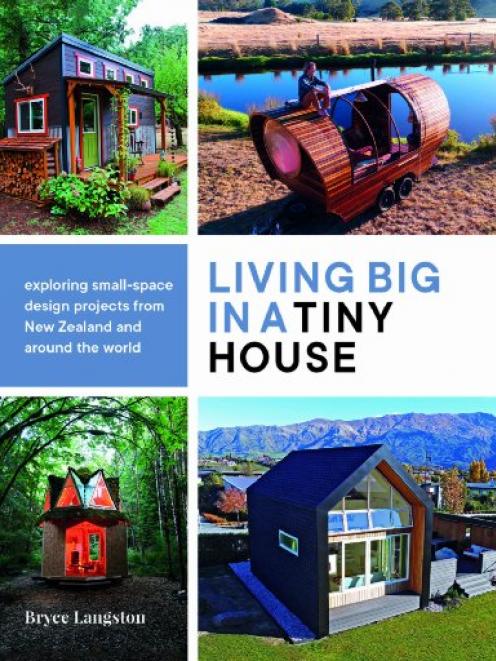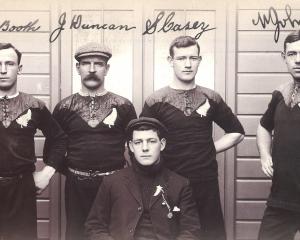
Bryce Langston is a New Zealand-based actor, musician, filmmaker, environmentalist and tiny house dweller who has spent the past five years travelling the globe exploring trends of alternative living and small space design. Today he visits a family of five in Napier.
Sarah-Lee and Francois have always been fascinated by small-space design. When they first met 10 years ago, Francois was living in a van. They would meet, intending to go out on a date but would often end up just staying in and spending the night coming up with designs for small homes.
Their home is an outstanding achievement. Many couples doubt their ability to live together in a tiny home, and yet these two do so happily with their three young children, Poppy, LouLou and Francis. A cabinetmaker by trade, Francois has an incredible talent for building and making spaces work. He’s certainly succeeded here and, at only 7m by 3m, this home is more than capable of accommodating the needs of the family.

The kitchen, loft and bathroom are relatively standard in their construction, although exceptionally finished and the design of the kids’ bedroom is pure genius. Three single beds have been stacked, one on top of the other, each perpendicular to the one below, allowing the three children a bed and their own little bit of private space. Ample storage has been built into the room, too, for clothing and toys. The children enjoy sharing the space and, even though they have their own separate area, Sarah-Lee says it is not uncommon for them all to climb into a single bed during the night and then into their parents’ sleeping loft in the morning.

Conflict does arise on occasion, as it does in all families. But living in such close quarters has taught this family to resolve issues quickly and not allow tensions to build up. In many cases, there are conflict resolution lessons which get lost because we allow issues to get swept under the carpet and not dealt with. Living together in a tiny house, you simply can’t do that.

During the daytime, the home is transformed, sometimes into an office or lounge, sometimes a playroom. When designing the home, Sarah-Lee and Francois felt that the indoor-outdoor flow would be important to make it more liveable. One entire side of the tiny house is designed to open up to the garden, through large double doors and a sliding window, which open out on to a deck. The abundant sunshine hours in Hawke’s Bay helps to provide lots of outdoor time.
The family’s tiny home is located on the same property as their business. Francois builds cabinets and now tiny homes out of several workshop sheds, allowing them separate work space and a bit of additional storage. Often our homes become storage spaces and get cluttered, but keeping only commonly used items in the house and having less frequently required items, such as luggage, stored somewhere else helps to keep everything organised.
Living in a smaller home has freed up the family’s financial resources, so they can afford to always have at least one parent around for the children, which is important to them in terms of their children’s early development. For this family, living in a tiny house is not a "forever" solution. When the children eventually outgrow their room, Sarah-Lee and Francois say they’ll need to find an alternative solution.

There are plans to buy land, which they could move the tiny home on to, and eventually construct a slightly larger home or perhaps even build other tiny homes for the children.
For now, though, this small home works perfectly for this family. Whatever it may lack in square metres, it more than makes up for in love. It allows the family to grow together, form tight bonds and, no matter what, be there for one another.
"The bigger the space, the more impersonal," Sarah-Lee says.
"We just think we are better together. After all, you want to be doing life with your children, you want to grow with them."
• Living Big in a Tiny House by Bryce Langston, published in hardback by Potton & Burton, RRP: $49.99
The details
• 21m2 / 226ft2
• $NZ88,000












